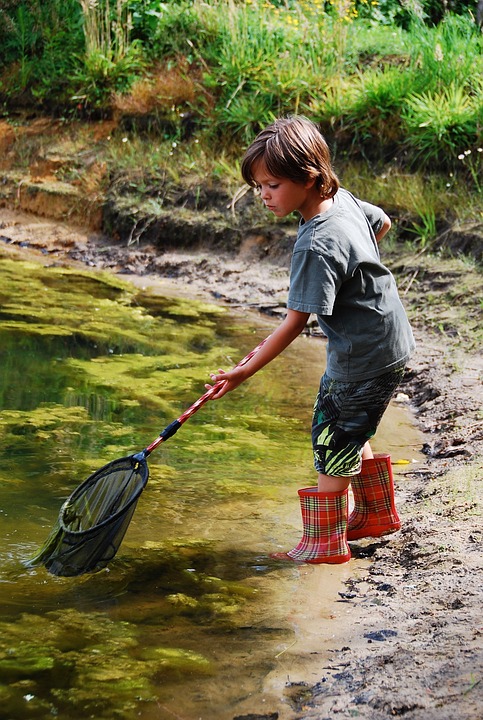Fish behavior is a fascinating subject that can greatly impact the health and well-being of our tank inhabitants. One crucial aspect of fish behavior is their response to water changes. In this article, we will delve into the intricacies of fish behavior and explore how they react when their aquatic environment undergoes a transition. Understanding these responses will enable fishkeepers to create a more comfortable and stress-free environment for their beloved aquatic pets.
Water quality and stability are of utmost importance when it comes to maintaining a healthy aquarium. Fish are highly sensitive to changes in water parameters such as temperature, pH, and ammonia levels. Maintaining optimal water quality is crucial for their overall well-being. When water quality deteriorates, fish may exhibit signs of stress such as increased aggression, loss of appetite, or lethargy.
Water stability also plays a significant role in fish behavior. Abrupt shifts in water chemistry or temperature can cause stress and even lead to health issues. Fish need time to acclimate to changes in their environment, and sudden water changes can disrupt their equilibrium. It is important to perform gradual water changes by slowly replacing a portion of the tank water over a span of a few hours or days. This allows fish to adjust to the new conditions without experiencing unnecessary stress.
During the first hours after a water change, fish may exhibit behavioral changes as they adapt to their altered environment. These changes can include increased swimming activity, exploring their surroundings, or even hiding. These initial responses are a natural part of the acclimation process and should not be a cause for concern. However, if fish display signs of extreme stress or illness, it is important to monitor them closely and take appropriate action if necessary.
The acclimation period is a crucial time for fish as they physiologically adapt to the new water conditions. This period can vary in duration depending on the fish species, individual temperament, and the extent of the water change. In most cases, fish will acclimate within a few hours to a few days. However, some sensitive species may take longer to fully adapt. During this period, fish may exhibit changes in swimming patterns, activity levels, or feeding behavior. It is important to be patient and allow them time to adjust at their own pace.
Changes in swimming patterns and activity levels are common during the acclimation period. Some fish may become more active and explore their surroundings, while others may become more subdued and hide. These adjustments are a normal part of the acclimation process and should not be a cause for concern. However, if fish continue to display abnormal behavior or show signs of distress, it is important to assess the water conditions and make any necessary adjustments.
Feeding behavior can also be affected by water changes. Some fish may become less interested in food during the acclimation period, while others may become more voracious. It is important to monitor their appetite and adjust feeding accordingly. Providing a varied and nutritious diet will help ensure their well-being during this time.
Social interactions and hierarchy adjustments may occur as fish acclimate to new water conditions. Changes in dominance or aggression levels can be observed as fish establish new territories or adjust to changes in their social group. It is important to monitor these interactions and intervene if necessary to prevent any aggression or bullying.
To minimize stress during water changes, it is important to ensure that the replacement water is properly conditioned and has similar parameters to the existing tank water. Using a dechlorinator to remove harmful chemicals and adjusting the temperature to match the current tank temperature can help alleviate stress. Additionally, maintaining a consistent routine and avoiding sudden movements or loud noises around the tank can also help reduce stress levels.
In conclusion, understanding fish behavior during water changes is crucial for maintaining the overall health and well-being of your tank inhabitants. By being aware of the potential stressors and observing behavioral changes, fishkeepers can take appropriate measures to create a stable and comfortable environment for their fish. Remember, a stress-free fish is a happy fish!









